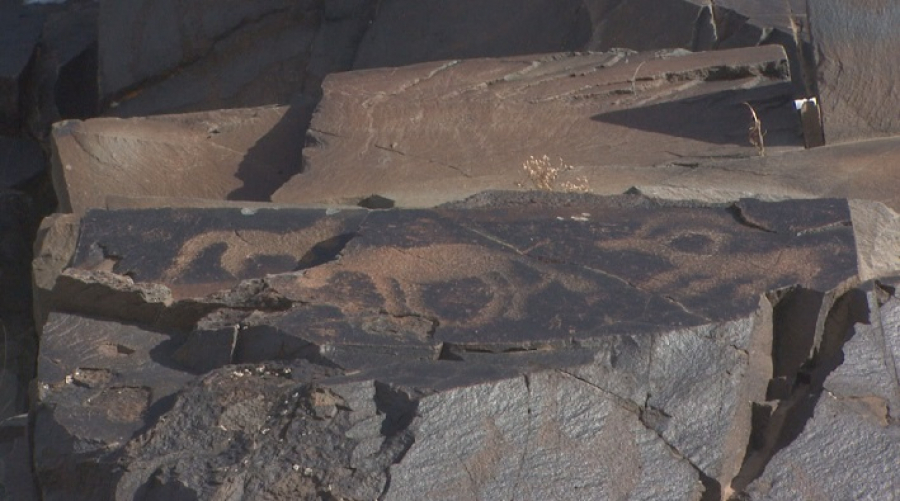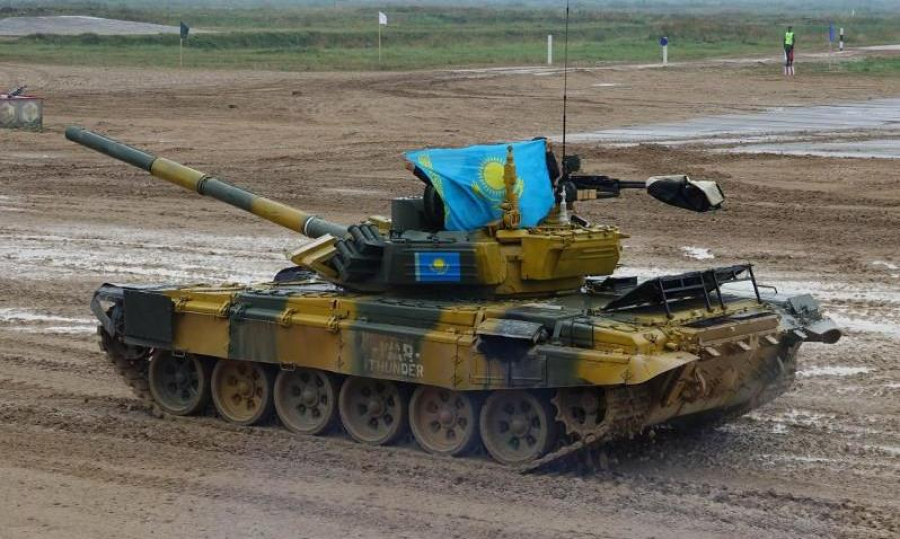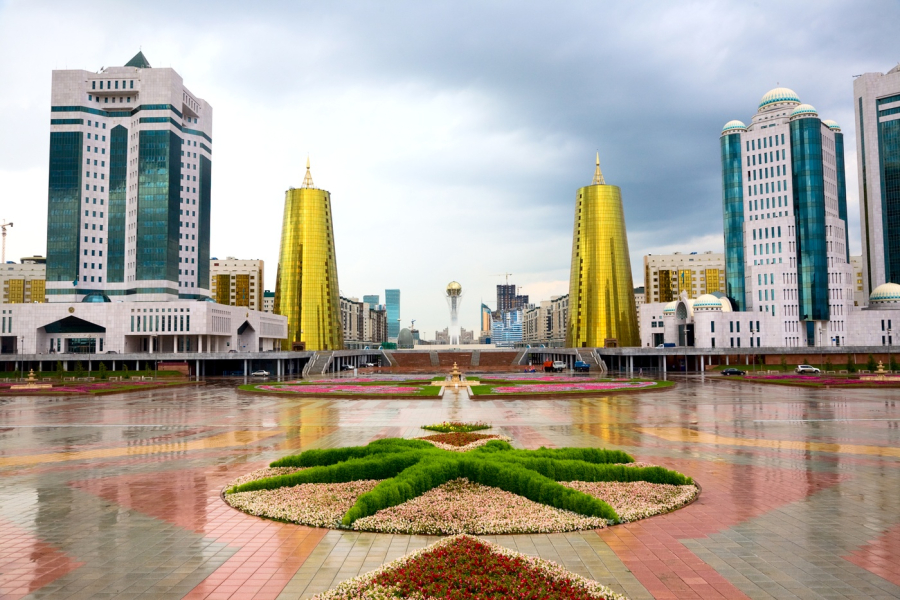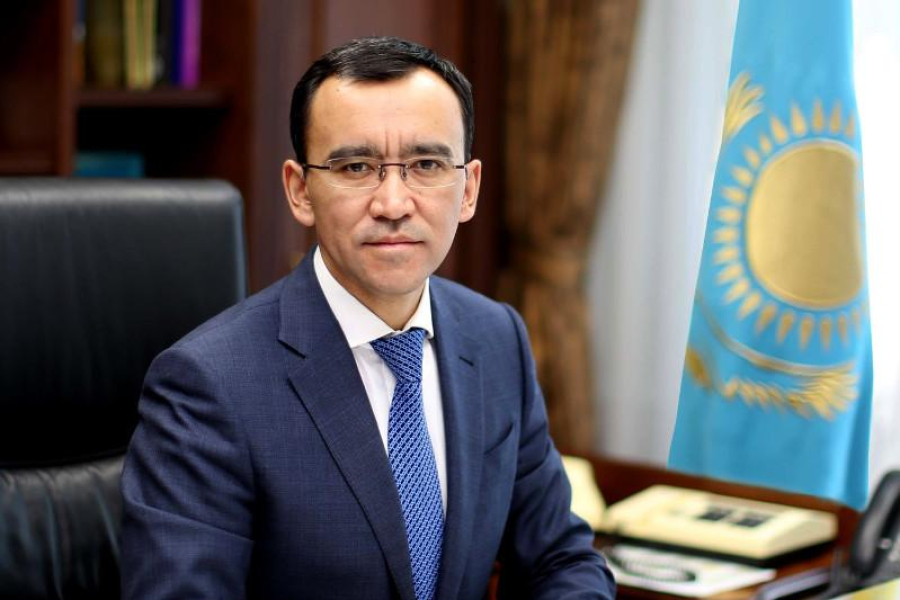Kazakh specialists to train Turkish and Azerbaijani colleagues in restoring petroglyphs technology

Kazakh specialists will train Turkish and Azerbaijani colleagues in the technology of restoring petroglyphs. Kazakh scientists managed to restore many rock paintings in the Tanbaly tract that has more than 5,000 petroglyphs, settlements, graves, early stone placers and temples. They cover the period from the mid-14th to the 20th century. The paintings on the Tanbaly rocks have not been fully studied yet. Scientists look at these ancient symbols from a new perspective every time. That is the mystery, they say.
“First, we restored the rocks that are influenced by both time and human. The paintings on them have faded over the centuries. We restored images using new technologies. It is necessary to use the same method in other regions. This is a very good practice,” said Zeinolla Samashev, archaeologist.
The Gobustan National Park in Azerbaijan plans to use the experience of Kazakh scientists. It stores more than 1,500 petroglyphs, however, it was not possible to restore them. Therefore, a bilateral memorandum was signed for the cooperation between the museums of the two countries.
“What is the point of this memorandum? We will work in several spectra. The work will be in the field of art and research. Scientific exchange of scientific methods that we work with – protecting our culture, protecting our petroglyphs,” said Vugar Isayev, Director, Gobustan Nature Reserve, Azerbaijan.
Tanbaly is one of the most important historical complexes not only in Central Asia, but also in the world.
Translation by Saniya Sakenova
Editing by Saule Mukhamejanova









